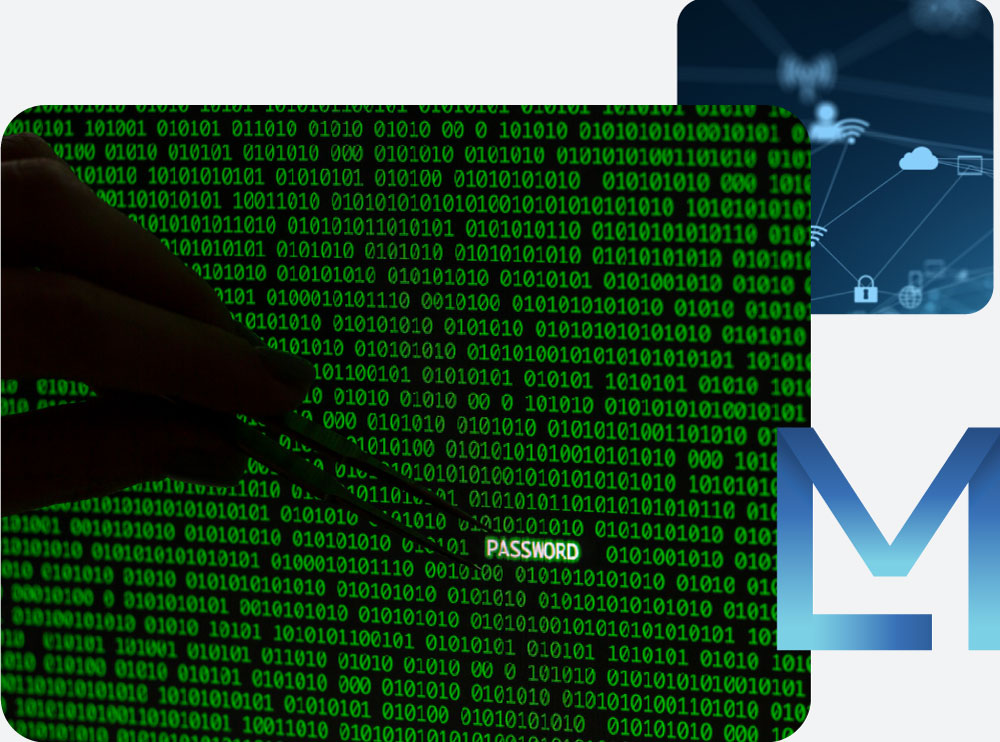Outbound Email Security Threat
Protect from Compromised Account Emails

What is Account Compromise?
Account compromising involves an attacker illegally seizes a user account and exploits it to access other people’s personal information or corporate data.
- This is typically done through social-engineering attacks using a user’s sensitive information or by sending malicious emails for nefarious purposes.
- Moreover, attackers may use the stolen accounts to send subsequent emails based on previous correspondence, allowing them to go in deeper on attacking users and organizations. Through these follow-up emails, attackers can gain more information or achieve their malicious objectives.
- Unauthorized access of email accounts and online service accounts is also included in these illicit activities. Such attacks can cause harm to users, organizations, and other associated accounts.
Attack Pathways Utilizing Compromised Accounts


Account Compromise
Attackers steal or illicitly obtain a user’s account information, typically through methods like stealing login credentials (username and password).


Access to Account
The attacker uses the pilfered account information to access the user’s email account or other online services, gaining access with the same privileges as the user.


Access to Email Data
The attacker accesses the user’s email data, including the content of emails, address book, inbox, sent items, and more.


Subsequent Email Attacks
Based on the email data and collected information, the attacker composes subsequent emails. The content of these emails varies depending on the attacker’s objectives but often includes phishing emails or emails with malicious attachments, typically targeting other users or organizations.


Further Damage and Attack Reuse
Users or organizations receiving subsequent email attacks may suffer harm, and the attacker may continue to reuse the compromised account for further phishing attacks or other malicious activities.
Protect from compromised account emails with SendGUARD!
Account compromise is one of the serious threats to an organization’s email communication.
When hackers attempt to send unauthorized emails using stolen account information, it can damage the organization’s reputation and increase the risk of sensitive information leakage.
With SendGUARD, protect against account compromise, ensuring the security of your organization’s email communication and safeguarding critical information and data. Strengthen your organization’s security and establish a secure working environment with the Mail Inspector Platform
Have you ever received an email from your former employee?
We are here for your email security.
Counteract misuse of compromised accounts and more with Mail Inspector Platform!
Analyze Vulnerability through Security Assessment
Assess various email threats to identify weaknesses in the email system.
Prevent Unauthorized Access Attempts to Mail Servers
Prevent unauthorized and illegal intrusion to steal sensitive data in the mail server.
Block Malware Threats Hidden in Malicious URLs
Block harmful actions that lead to malware infection on the user’s device when accessing malicious URLs.
Prevent Unintentional Information Leakage Due to Insider Mistakes Mistakes
Prevent information leakage due to user errors or mishaps, regardless of their intentions.
Protect from Compromised Account Emails
Prevent malicious use of user accounts compromised by attackers to exploit other users’ personal information.
Prevent Intentional Confidential Information Leakage
Prevent users from intentionally leaking sensitive information externally.
Protect from Zero-Day Threats
Prevent damage from new forms of malware threats previously inexperienced.
Prevent Sophisticated BEC Attacks
Block actions where individuals impersonate executives within organization to gain access to internal information.
Block Email Spoofing
Prevent users from intentionally leaking sensitive information externally.
Protect Mail Server from Illegal Relay Attack
Protect from malicious activities compromising the security of the email server.
Detect Attacks Exploiting Email Attachments
Prevent the spread of malware through attachments with malicious intent.
Prevent System Disruption due to Ransomware
Prevent the infiltration of a user’s PC and system encryption through email attachments.
Protect Personal Information from Phishing Sites
Prevent email links from redirecting to malicious sites that extract personal information.
Detect Email Sending IP Route Change
Detect activities such as illegal access to users’ email accounts and identify theft through impersonation.
Analyze Hard-to-Identify Domains
Analyze actions that create domains similar to the original domain to cause harm.
